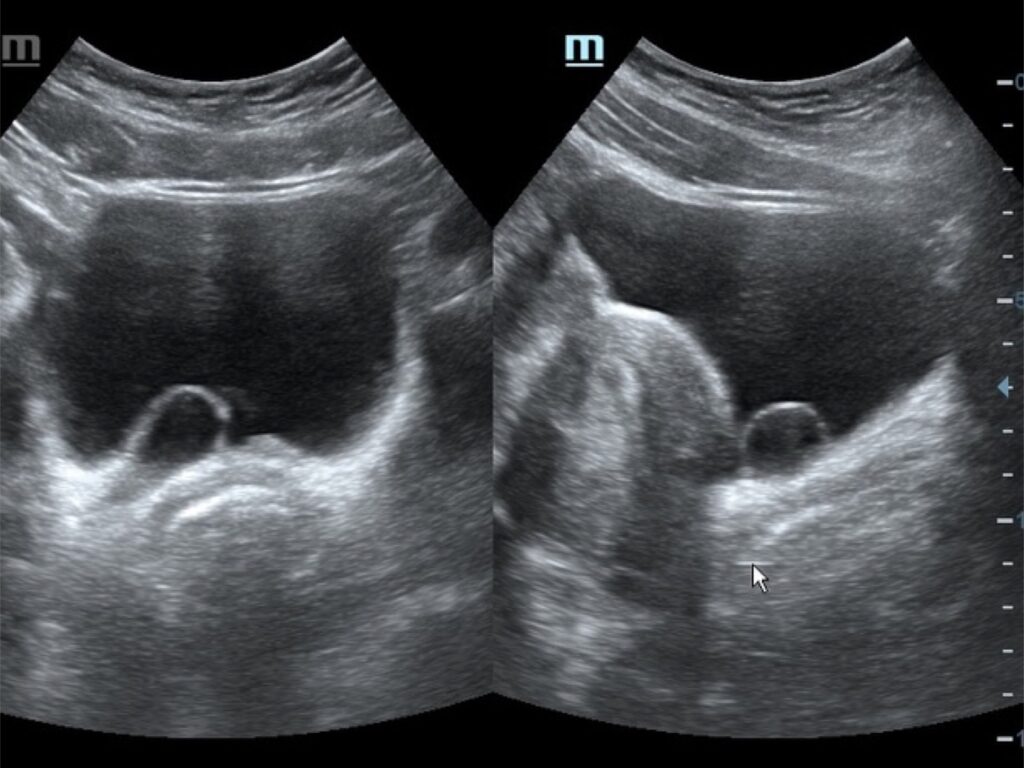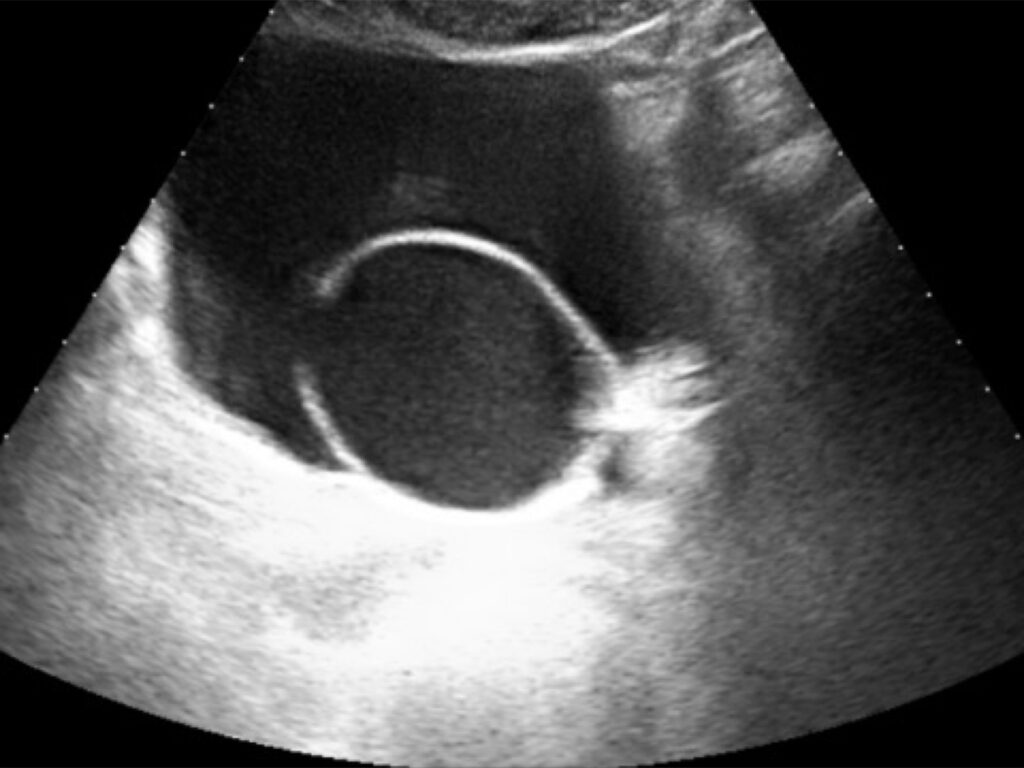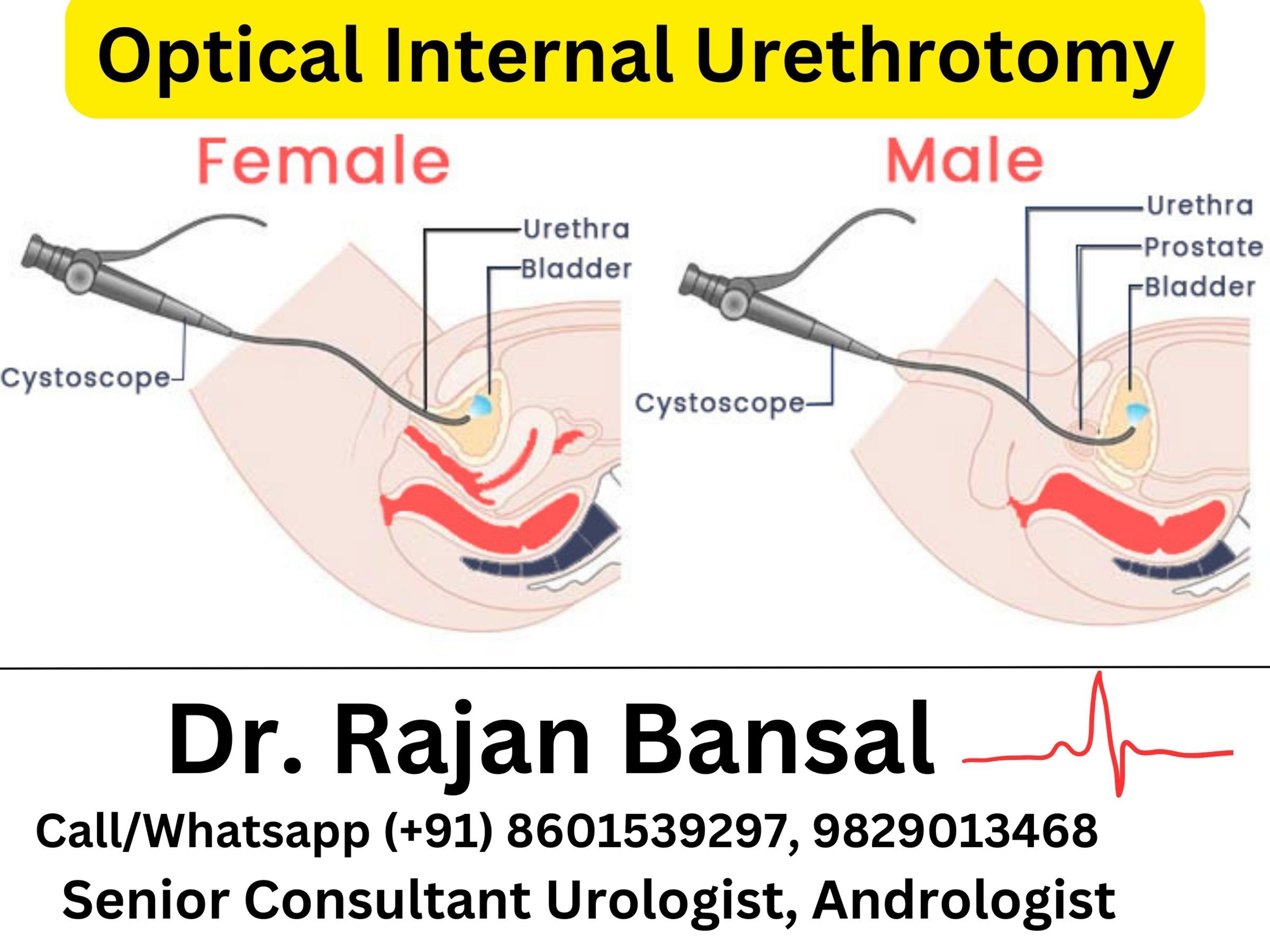Ureterocele manifests as a cystic dilation of the terminal portion of the ureter, often extending into the bladder. Classified as either intravesical or ectopic, the condition introduces a spectrum of challenges in terms of diagnosis and management. Unraveling the distinct characteristics of each type provides a foundation for navigating the complexities of ureterocele.

What Causes Ureterocele?
A ureterocele manifests in the lower segment of the ureter, specifically at the point where the tube enters the bladder. This engorged region hinders the smooth passage of urine into the bladder, leading to accumulation within the ureterocele and the subsequent distension of its walls, resembling the expansion of a water balloon.
The occurrence of ureteroceles is relatively rare, affecting approximately 1 in 500 individuals, with no significant preference for either the left or right ureter.
These anomalies are congenital defects that arise during the prenatal period. Improper development of the ends of the ureter entering the bladder results in the formation of a ureterocele, obstructing the normal urine flow. Detection of this defect can take place before birth, and the choice of treatment depends on the timing of its discovery.
What are the Symptoms of Ureterocele?
The majority of individuals with ureteroceles usually experience no symptoms. However, when symptoms do manifest, they might involve:
Specific Symptoms
- Abdominal pain
- Back pain, potentially confined to one side
- Intense side (flank) pain and spasms that may extend to the groin, genitals, and thigh
- Presence of blood in the urine
- Discomfort or a burning sensation during urination (dysuria)
- Fever
- Challenges initiating urine flow or a reduction in the speed of urine flow
- Development of urinary tract infections
Non Specific and Rare Symptoms
- Bad smell in urine
- Frequent and immediate need to urinate
- Presence of a palpable lump (mass) in the abdominal region
- Protrusion or descent (prolapse) of ureterocele tissue through the female urethra into the vagina
- Loss of control over urinary function (urinary incontinence)
How is the Diagnosis of Ureterocele made?
Larger ureteroceles tend to be identified at an earlier stage compared to smaller ones, sometimes even during a prenatal ultrasound conducted as part of pregnancy monitoring.
Certain individuals may be unaware of their ureterocele condition, and it is not uncommon for the issue to come to light later in life, often prompted by the occurrence of kidney stones or infections.
Various diagnostic tests may be employed, including an abdominal ultrasound (usually an ultrasound scan is enough to show the presence of ureterocele), IVP/CT urography also diagnoses the ureterocele along with function of the kidney.
Elevated blood pressure may be evident if kidney damage has occurred due to the ureterocele.


How is Ureterocele Treated?
Simple Ureterocele if does not cause any symptoms or no pressure effects on the kidney may be left untreated; but regular follow up is required.
Symptomatic simple ureterocele is treated by endoscopic surgery where a camera is inserted into the bladder and a small incision is made into the ureterocele. This always treats the condition.
Ectopic ureterocele where ureter opens into upper end of bladder or urethra always requires open surgical correction like Ureteric Reimplantation.
Emerging Trends and Innovations at Institute of Urology, Jaipur
Urological research continually unveils innovative approaches to enhance the diagnosis and treatment of ureterocele. From advancements in imaging technologies to minimally invasive surgical techniques, staying abreast of emerging trends is pivotal for the medical community. Therefore, at Institute of Urology, Jaipur we are committed to bring the best and latest of modern medicine to the patients.
Are there any Complications of Ureterocele?
Problems that can happen over a long time:
- Damage to the kidneys for a long time, even losing function in one kidney.
- Repeated urinary tract infections.
Best Hospital for Ureterocele Treatment – Institute of Urology, Jaipur
The Institute of Urology in Jaipur stands as a leading hospital in the field, especially for treating various urological conditions, including ureterocele. Renowned for its state-of-the-art infrastructure and cutting-edge treatment methods, this institute is at the forefront of urological care. Expert professionals like Dr. M Roychowdhury and Dr. Rajan Bansal, both esteemed masters of urology, contribute to the hospital’s success. With their expertise and the institution’s commitment to modern healthcare practices, patients receive top-notch care for urological issues, making the Institute of Urology in Jaipur a pioneer in the field.
We have now introduced the facility of online consultation for those patients who want to discuss their concerns before actually coming to consult in person. This helps patients prepare for the consultation as well as solve any doubts that they might have beforehand. Our consultant urologists can be reached at the following numbers
Dr. M. Roychowdhury – 9929513468
Dr. Rajan Bansal – 8601539297







